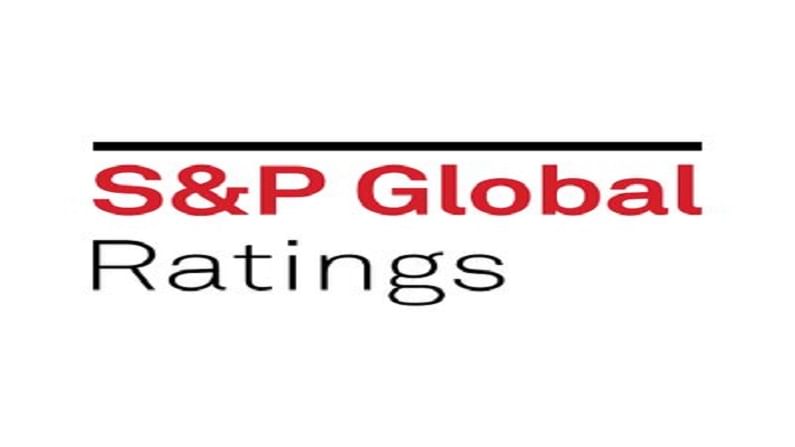Systemic risk in Indian banks to remain high: S&P
S&P Global Ratings believes systemic risks facing banks in India are likely to remain high in the wake of the second wave of COVID-19 infections and a high proportion of weak loans
- Press Trust of India
- Last Updated : April 12, 2021, 21:12 IST

New Delhi: S&P Global Ratings on April 12 said systemic risk in Indian banks is likely to remain high in the wake of the second wave of COVID-19 and high proportion of weak loans.
S&P estimates the weak loans in banks at 11-12% of gross loans. “We forecast credit losses will decline to 2.2% of total loans in the year ending March 31, 2022, and 1.8% in fiscal 2023, after staying elevated at an average of 2.8 % in fiscals 2016-2021,” S&P added.
S&P Global Ratings believes systemic risks facing banks in India are likely to remain high in the wake of the second wave of COVID-19 infections and a high proportion of weak loans. This is even though India’s economic recovery and steps by the central bank and the government to cushion the effects of the economic crisis will continue to limit stress on the balance sheets of these banks.
S&P said the balance sheet weakness in smaller businesses is likely to contribute to incremental non-performing loans (NPLs) for Indian banks. Service sectors such as airlines, hotels, malls, multiplexes, restaurants, and retail have seen a significant loss of revenue and profit on account of COVID-19 containment measures.
Meanwhile, retail loans, especially unsecured personal loans and credit card loans, could also contribute to higher NPLs.
The government’s emergency credit guarantee scheme for new loans to small and midsize enterprises (SMEs) has supported liquidity for these cash-strapped entities. However, the solvency of SMEs is unlikely be restored entirely, S&P added.
In March 2021, the government extended the period for availing the credit guarantee scheme to June 2021, and widened its scope. This would reduce stress on banks’ balance sheets.
“We expect good growth prospects for the Indian economy over the next couple of years. The economy has recovered briskly over the past several months, the US based agency said.
S&P forecasts growth of 11% for fiscal 2022, followed by a 6.1-6.3% increase for the next couple of years. The control of COVID-19 remains a key risk for the economy. New infections have spiked in recent weeks and the country is in the middle of a second pandemic wave. Some targeted lockdowns have already been implemented and more will likely be needed. The impact of broader lockdowns on the economy could be substantial, depending on their length and scope, it added.
“We believe the speed of India’s vaccination rollout will be critical in mitigating the risk of future epidemic waves. India has one of the highest doses administered globally, at about 104 million. However, given the country’s large population, this is only about seven doses per 100 people, considerably lower than the per capita rate of vaccination among the leading countries in this regard,” S&P added.
In our view, vaccinating a much larger proportion of the population to achieve enduring herd immunity will be vital for India’s growth prospects. Meanwhile, the country’s strong domestic vaccine production capacity should help alleviate supply constraints over the coming months, it noted.
Download Money9 App for the latest updates on Personal Finance.
Related
- इंडसइंड बैंक का बड़ा कदम, डेरिवेटिव अकाउंट में मिली गड़बडि़यों की वजह पता करने के लिए पेशेवर कंपनी की नियुक्त
- बैंक जमा पर बीमा की सीमा बढ़ाने से बैंकों के मुनाफे पर होगा असरः इक्रा
- बैंक डूबा तो अब मिलेंगे 8-12 लाख! सरकार बढ़ा सकती है इंश्योरेंस लिमिट
- बंद हो गया बैंक अकाउंट, SIP भी है लिंक तो तुरंत करें ये 5 काम
- J&K बैंक को SEBI की चेतावनी, 1 फीसदी से ज्यादा टूटा शेयर; जानें पूरा मामला
- PhonePe vs. GPay: Indian digital payment giants up for a tussle

